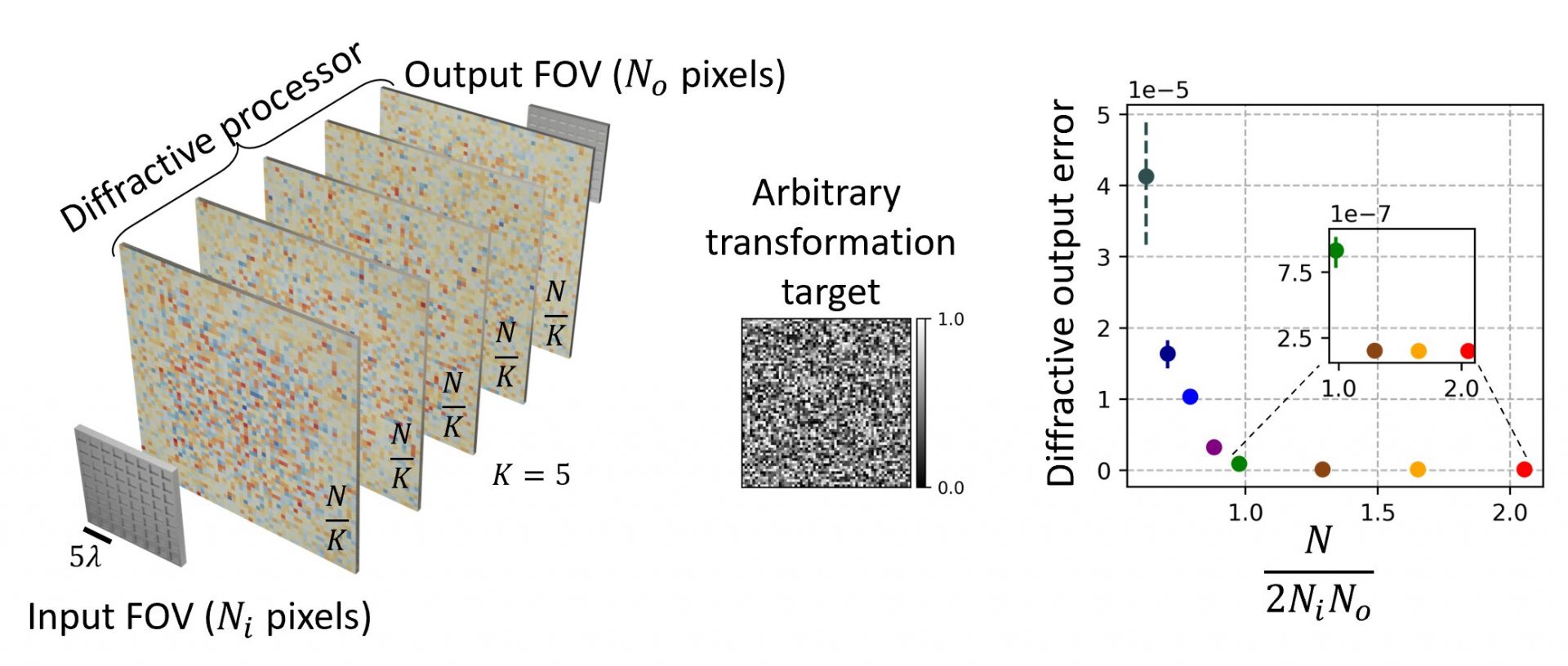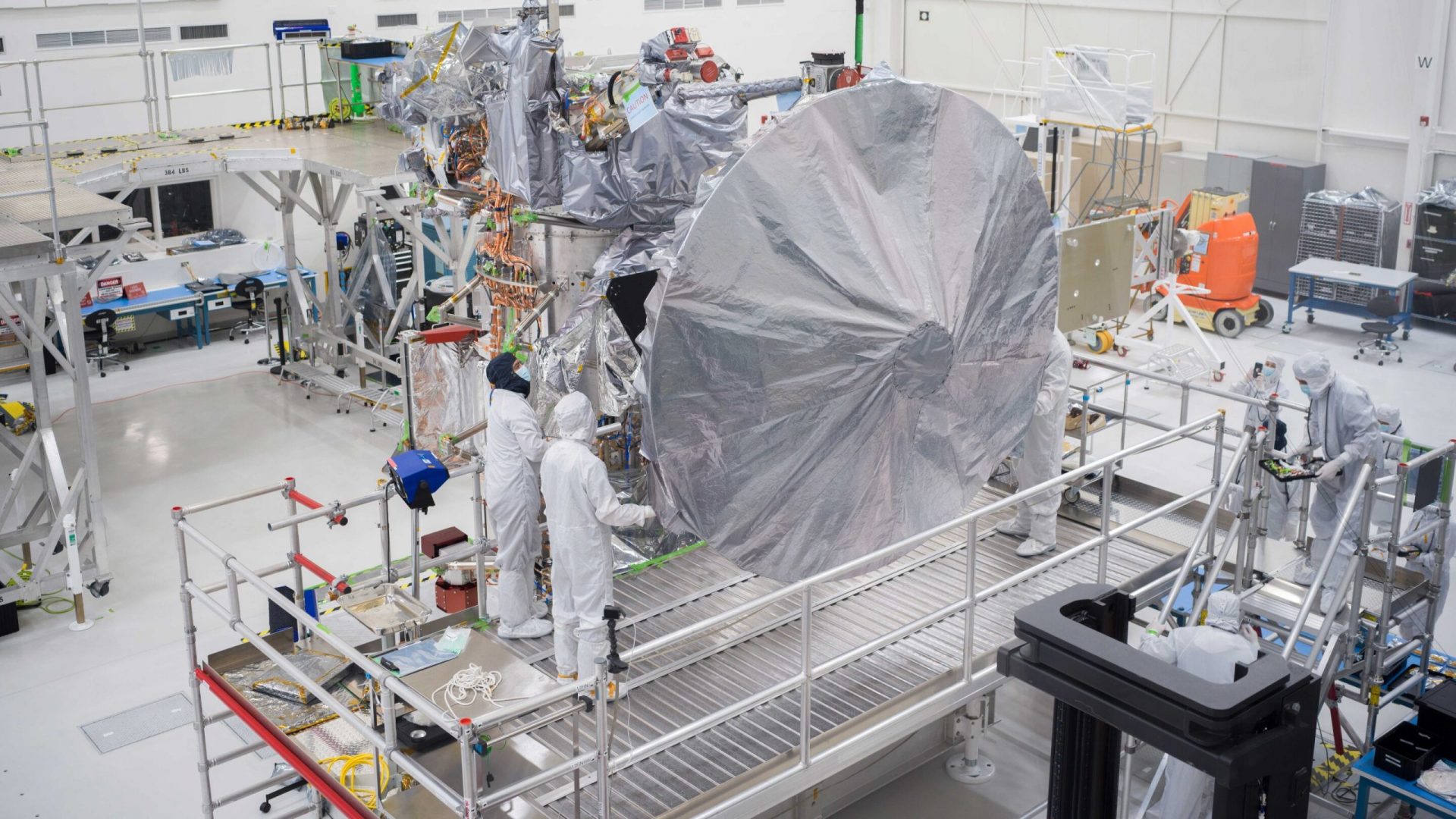Are you curious about the future of information processing? Well, researchers in the field of optics and photonics certainly are! They’re on a mission to find an energy-efficient and lightning-fast alternative to electronic computing. And it’s not just for the sake of technological advancement – emerging technologies like autonomous vehicles rely on ultrafast processing of natural scenes. But here’s the catch: natural lighting conditions involve spatially incoherent light. So, the ability to process visual information under incoherent light is crucial for various imaging and sensing applications. Even high-resolution microscopy techniques depend on spatially incoherent processes. Exciting stuff, right?
But wait, there’s more! In a groundbreaking article published in Light: Science & Applications, a team of researchers from the University of California, Los Angeles (UCLA) has developed methods for designing all-optical universal linear processors of spatially incoherent light. These processors are like magic – they use structurally engineered surfaces and the diffraction of light to perform complex transformations without relying on external digital computing power. It’s like having a superpower!
The UCLA researchers even used deep learning-based design methods to perform any arbitrary linear transformation using the optical intensity of spatially incoherent light. Imagine being able to transform any input light pattern into the desired output pattern, just by using these specially designed surfaces. It’s mind-blowing!
But it doesn’t stop there. The researchers also discovered that spatially incoherent broadband light can perform multiple linear intensity transformations simultaneously. Each wavelength of light can have its own unique transformation. Talk about multitasking!
These findings have huge implications in various fields, from all-optical information processing to visual computing with spatially and temporally incoherent light. And let’s not forget about computational microscopy and incoherent imaging – this framework has the potential to revolutionize these areas too.
So, who are the masterminds behind this incredible work? Meet Md Sadman Sakib Rahman, Xilin Yang, Jingxi Li, Bijie Bai, and Aydogan Ozcan from UCLA Samueli School of Engineering. They’re the ones pushing the boundaries of what’s possible with light.
,,,








